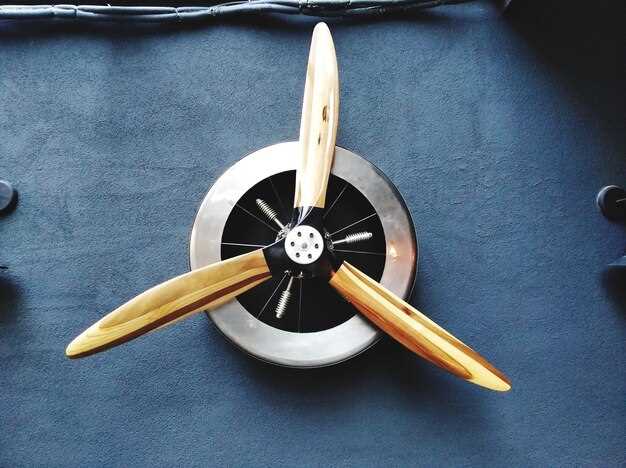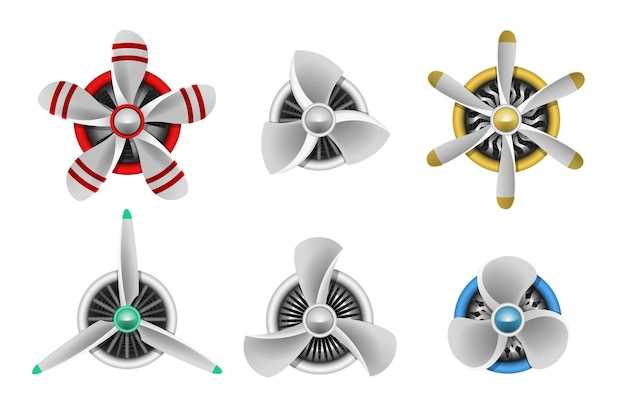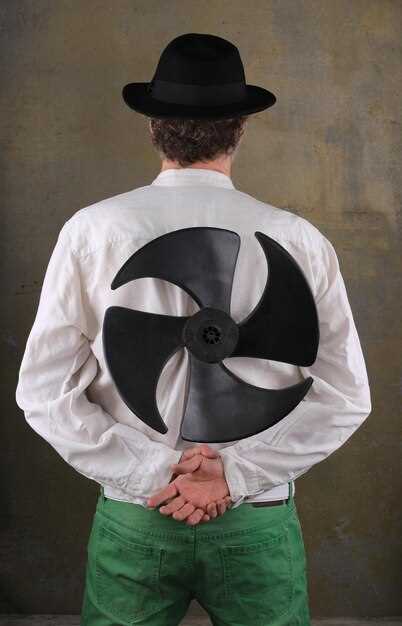
Understanding when to replace your propeller is crucial for maintaining optimal performance and safety while operating your watercraft. A damaged propeller can significantly affect your vessel’s speed, fuel efficiency, and overall handling. Knowing the signs of damage will help you make informed decisions and prevent further complications down the line.
Common indications of propeller damage include visible cracks, dents, or bends. Even minor imperfections can lead to vibration, decreased performance, and increased strain on your engine. Moreover, damage to your propeller can contribute to issues with steering and maneuverability, making it vital to address any problems promptly to ensure a safe and enjoyable experience on the water.
Additionally, factors such as wear and tear from regular use, impacts with underwater obstacles, or prolonged exposure to harsh marine environments can compromise the integrity of your propeller. Understanding these factors will aid you in recognizing when it is time to invest in a replacement, ensuring that your vessel remains in top condition and ready for your next adventure.
Identifying Physical Damage and Wear on Your Propeller
Regular inspection of your propeller is essential to ensure optimal performance and safety. Identifying physical damage and signs of wear can prevent further issues and costly repairs. Start by examining the blades for any visible cracks or chips. These defects can significantly impact the efficiency and balance of the propeller.
Look for signs of corrosion or pitting, especially if your vessel operates in saltwater. Corrosive wear can weaken the metal structure and compromise its integrity. Check for bends or deformations in the blades, which may occur due to contact with underwater obstacles or debris. Even minor bends can lead to inefficient operation and reduced fuel efficiency.
Additionally, assess the leading and trailing edges for signs of erosion. This wear can increase drag and affect overall performance. Inspect the hub area, as damage here can also affect the attachment and functionality of the propeller. A thorough inspection should be conducted both visually and through physical touch, feeling for any irregularities or rough patches.
Lastly, listen for unusual noises during operation. Unexplained vibrations or rattling sounds may indicate underlying issues that require immediate attention. By recognizing these signs of damage and wear promptly, you can make informed decisions about when to replace your propeller, ensuring safer and more efficient navigation.
Understanding Performance Decline and Its Indicators

Performance decline in marine vessels is often linked to the propeller condition. Over time, a propeller can sustain various forms of damage that adversely affect its efficiency. Recognizing the early signs of performance downturn is crucial for maintaining optimal functionality.
One primary indicator of a declining performance is a noticeable reduction in speed. If the vessel struggles to reach its usual cruising speed despite consistent engine output, it may suggest propeller damage. This could be due to bent blades, erosion, or pitting caused by cavitation.
Increased vibration during operation is another significant sign. A damaged propeller can result in an unbalanced system, leading to vibrations that not only decrease performance but can also cause further wear on other components of the vessel.
Higher fuel consumption is often symptomatic of an ineffective propeller. With damage, the propeller loses its ability to convert engine power into thrust effectively, forcing the engine to work harder and consume more fuel.
Listening for unusual noises can also serve as an important indicator. Any abnormal sounds during operation, such as grinding or clattering, can suggest that the propeller is encountering issues that warrant immediate attention.
Regular inspections of the propeller are essential to identifying these performance indicators early. Addressing any signs of damage promptly can prevent more extensive repairs and ensure the vessel operates efficiently.
Assessing Cost vs. Benefits of Propeller Replacement

When considering propeller replacement, it is essential to weigh the costs against the potential benefits. A damaged propeller can lead to decreased performance, increased fuel consumption, and safety hazards. Signs of wear, such as deep nicks, cracks, or bent blades, can significantly impact the efficiency of your boat’s propulsion system.
The initial cost of purchasing a new propeller may seem high, but the long-term advantages often outweigh this expense. A new propeller can enhance speed, improve fuel efficiency, and ensure smoother operation. Investing in a new propeller can also prevent further damage to the vessel’s engine, which could result in even higher repair costs later on.
Moreover, a properly functioning propeller contributes to better handling and maneuverability. This is particularly important in rough waters or when docking. Assessing the signs of propeller damage and understanding the potential risks can inform your decision-making and help optimize the lifecycle of your boating experience.
Ultimately, it is crucial to regularly inspect your propeller and assess its condition. Keeping track of performance issues and abnormal signs can help you determine the right moment for replacement, ensuring that your boat operates safely and efficiently.



